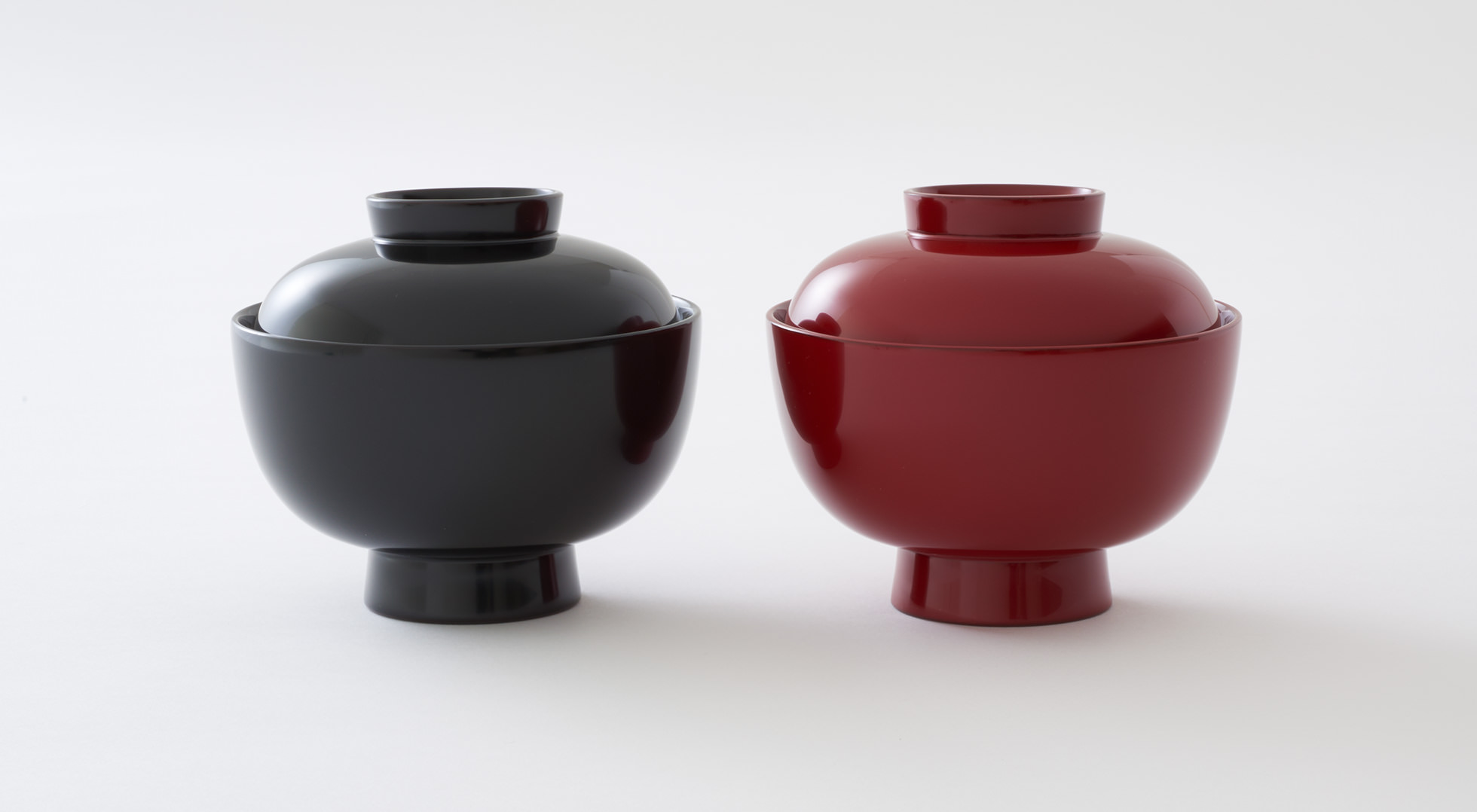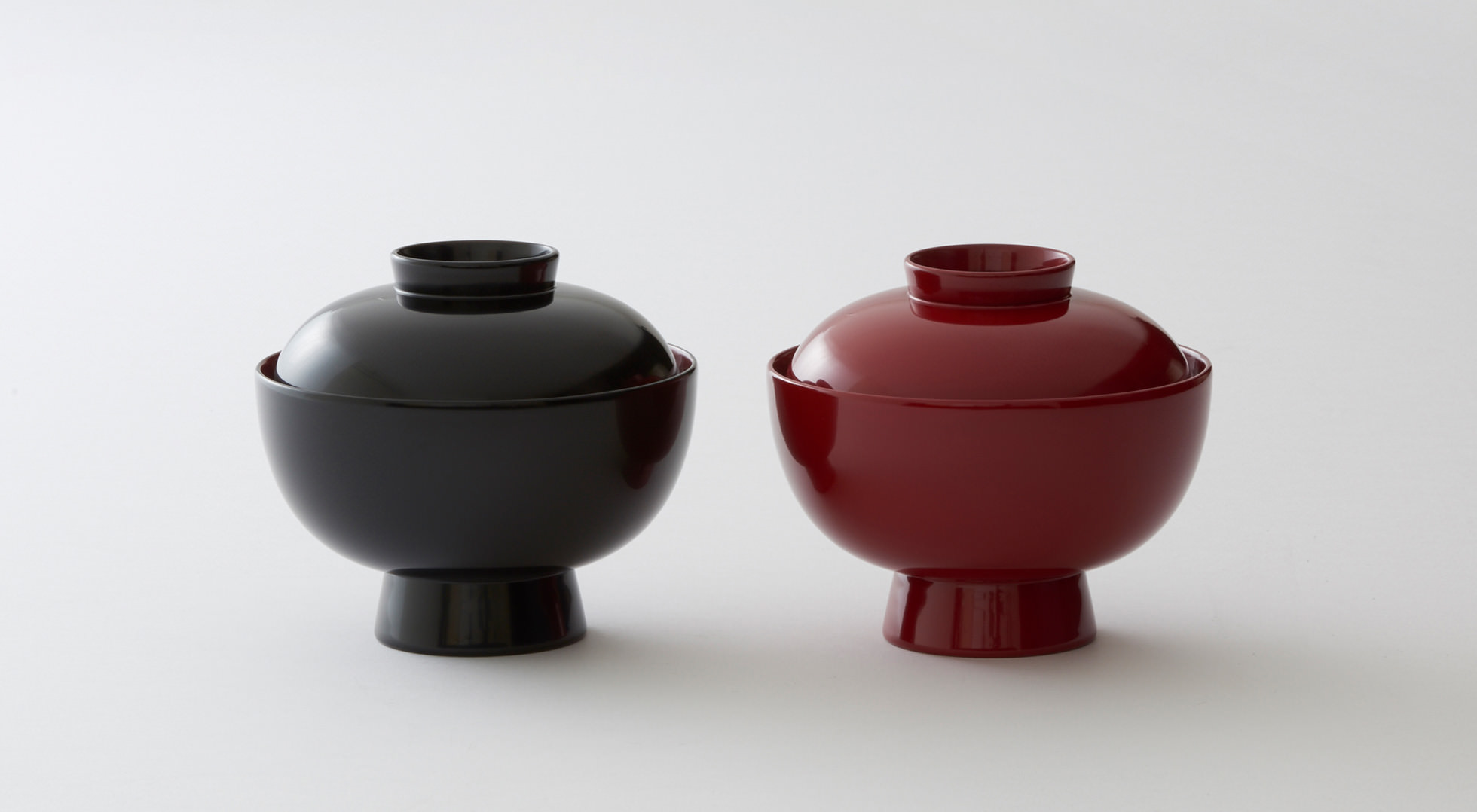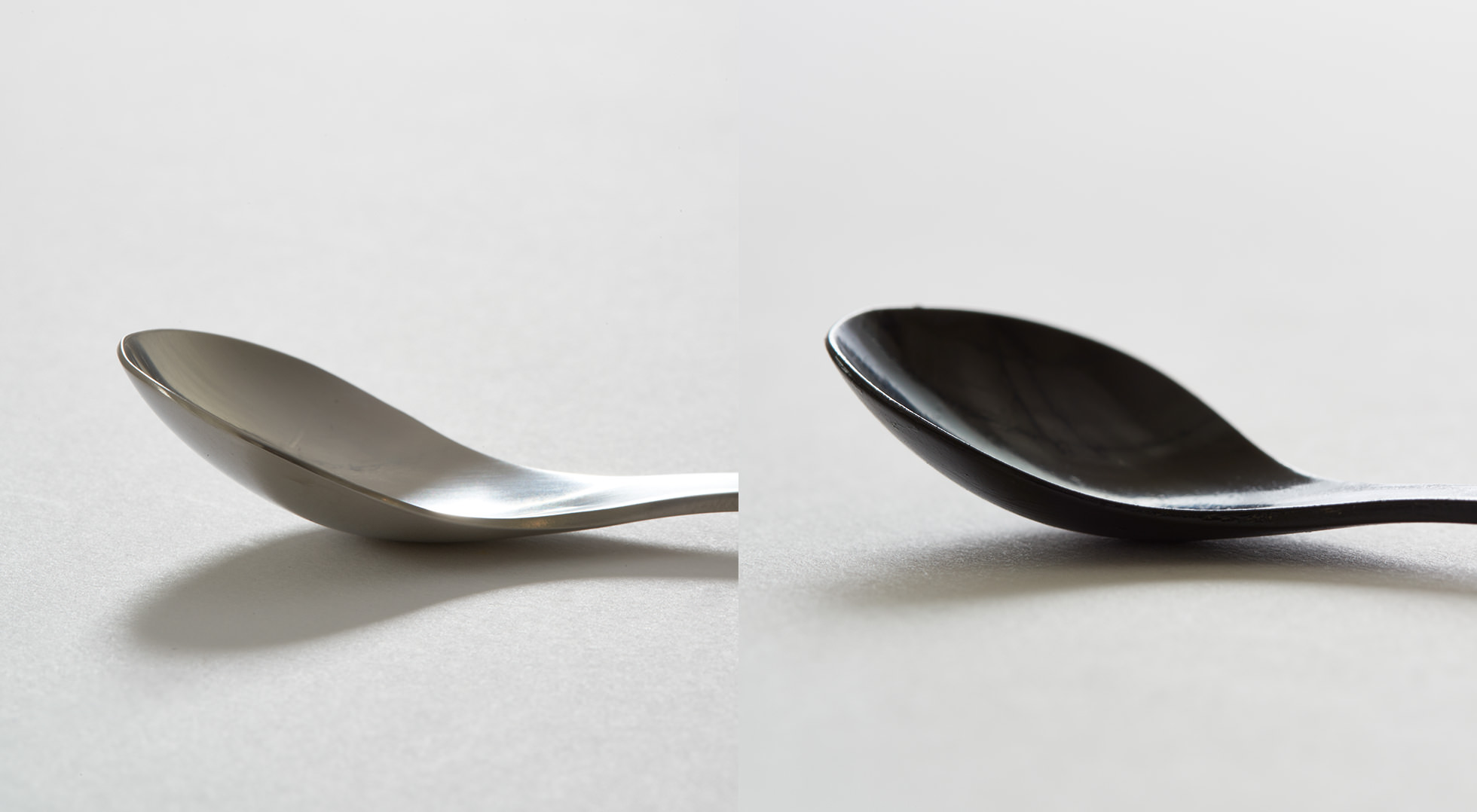Negoro
Negoro refers to rustic and simple lacquerware coated with a black lacquer and then is layered with red lacquer: for example, tableware such as tables, trays, dishes, and bowls. This kind of lacquering style was originally done using utensils used by monks in training at Negoro-ji, a Zen temple that gained power from the Kamakura period through to the Muromachi period. After many years of using negoro lacquerware, the Japanese found an ever-changing mystical beauty in what was vanishing: red lacquer would wear out to reveal a black-lacquer underlay appearing irregularly on the surface.














































